Sensha-Do to the rest of the world
So what makes Tankery different to the Sensha-Do of Japan?....
First of it's not just a women sport it can be played by both male and female are allowed to compete in the sport.
Second instead of carrier schools each nation that has a history with a history with tanks has their own Tankery Academies there are only one to five Tankery Academies mainly located in or near the largest cities of that nation these Academies are owned by the armed forces with funds sent from the government.
These Tankery Academies act more like Military Academies but more watered down because of the ages. Every child can enlist from the ages of 14 to 16 after acceptance they are given their standard uniform and all cadets are randomly chosen into crew's for their tankery service with every crew having their own barracks on academy grounds with own garages for their training tanks.
Besides regular subjects like in normal school depending on their age on when they graduate every crew member is given specialized training based on their positions in the tank "of which is either selected personally or chosen at random on the first day" but also basic drills to enforce obedience to command and discipline, physical training, and weapons training. During tank training they will use early cold war or WW2 tanks once they completed their 2 Year 7 month of training they will graduate on their nations Armed Forces Day where they will parade in front of their nations national tankery team after which the team's commander will accept them as fellow tankmen or women then the day after they will be transported to the national teams main base "all are based with actual army units" which would become their temporary home once arrived they will be shown to their crew quarters and issued their weapons and tank then they will enter their first tournament while also studying on online university courses funded by the government.
And finally why? well during the high of the Cold War in the mid 1950s the Soviet Union saw the concept of Sensha-Do and remodeled it to fit more military styles the Soviet's first every tankery academy Zhukov Academy was founded the difference being they would train young children and Soviet pioneers on how to operate AFVs to prepare them for defense of the motherland the west took notice of the tactics and copied them. The two sides continue to train potential tank crew and as the time dragged on many crews in training got bored of not seeing any combat stole in the USA specifically Arizona some disgruntled crews stole training shells from their armory and started to play mock battles in an old quarry over time these battles grew with more attention but in july they were caught by military police after many noise complaints they crews were trialed for theft and disorderly conduct but some American generals realized that many other crews feel the same and that stand cause of ages standard military drills over and over again could get boring fast and that during all those illegal mock battles not one person was injured so with some help all crews are given a pardon and the American Tank War Games are setup in 26 July 1959 with the world taking notice including the Soviet Union who had just set up their own Heat Lightning Wargames and many other nations gaining interested in the concept on August 10th 1960 with some minor difficulties The International Tankery Council was founded much to the dismay of the Japanese with the first ever International Tankery Championship in 14th Of June 1961 at a American desert with a battle between NATO and the Warsaw Pact with some political tensions flaring as the years dragged on and the Cold war heated up the sport suffered a bit with the 10th year anniversary tournament match being held in the Soviet Union by which at this time Soviet's were giving aid to North Vietnam the US boycotts the event along with the UK and some other NATO nations. Later after the collapse of the Soviet Union some rules were rewritten and new countries were added to the list of competitor nations.
In today while Tankery is seen just as a military sport most crews that retire from their teams go on to serve in the army and deployed to actual battlefields some team members having saw action before entering basic training having an experience advantage but it is rare now an days. So in short Sensha-Do to other nations is less of a sport focused women's values but rather as a way of turning kids into soldiers and has been very popular today with some journalist calling it the Military FIFA as it is the third most watched global wide sport behind the olympics and the world cup . With the Japan Sensha-Do Federation calling this way of Tankery as dishonorable saying that "Sensha-Do is a way to make better women not to make future killing machines of war" however these comments were ignored making some Senshado students having hatred towards their foreign tankery counterparts along with some of the others having the same attitude.
One of the most interesting things is instead of WW2 era tanks like in Japan the other nations use Mid-Cold War era tanks but some are allowed to use post war tanks and variants as these are in more plentiful and some in better quality meaning less money for repair cost so some teams have tanks that were in service with their nations army's that were fitted into their cold war variants. All teams even learn to use real fire arms all crew carry either an assault rifle/ Rifles or a submachine gun they even learn to fire the top mounted MGs if their tank has one they can't shoot humans with their tanks weaponry but they can shoot them with their small arms which use a special designed S.I.M ammo so it doesn't pierce the skin and flesh but its really painful when you get hit though like a rubber bullet in some scenarios they do carry live ammunition with them.
Once graduates join the team the will be issued their tank which they will use in practice and competition "If some crews performed with excellent skill during training they will be issued a specialized tank either an IFV or a SPA".
Tankery in Europe and Americans along with Asia and Australia are managed by The European Union Tankery Foundation, Aussie-Asian 装甲战车 "Armoured Fighting Vehicles" League, and the American Tank Union but all forming the International Tankery Council with all having different rules compared to Japan.
The Rules:
Vehicles:
All vehicles must have been in service before 26 December 1991 "The delusion of the USSR" but after a 2010 rewriting some post war vehicles are allowed up too 2001 Operation Enduring Freedom up and Iraqi Freedom up to 2014
Vehicles that are still being used today must retained in their variants before the aforementioned date.
For vehicles that never advanced from the prototype stage, the League will decide on their eligibility on a case-by-case basis.
Self propelled guns, IFVs, and self propelled artillery may be considered tanks, but require approval on a case-by-case basis.
All vehicles use League-sanctioned live ammunition even vehicles that can fire ATGMs "Anti Tank Guided Missiles" are allowed but these must be approved on a case-by-case basis and be checked before the match starts.
Matches:
The boundaries of the battlefield will be determined by the League.
Access to the battlefield will be restricted 72 hours prior to the match. Each participant shall get maps and details of the area. There are also designated no fire zones especially in large populated areas like schools Malls etc.
Should there be objections to the battlefield of choice, they should be forwarded to the League within the first 24 hours of announcement, upon which deliberation will be made.
There are four types of matches.
In Elimination battles, the objective is to render inoperable all of the opposing team's vehicles.
In Flag battles, the objective is to render inoperable the opposing team's Flag Vehicle (to be designated beforehand).
In Challenge battles, both teams will choose a representative that will take part in an obstacle course style race that focus on the crews abilities to work together with challenges verified.
In Krieg "Meaning war in German" battles, are similar to Elimination battles but these battles are held for 24 hours or over a period of days which is similar to a actual battle where artillery and even air strikes are allowed "Air strikes are limited to a number of signal smoke or flares and rotary aircraft are prohibited from using too advanced munitions and monoplanes must use a limited amount of munitions" the objective is to outperform your opponents tanks that have been declared disabled can be repaired by the teams . Judges observe the performance and determine the teams score the one with the largest performance score by the end wins.
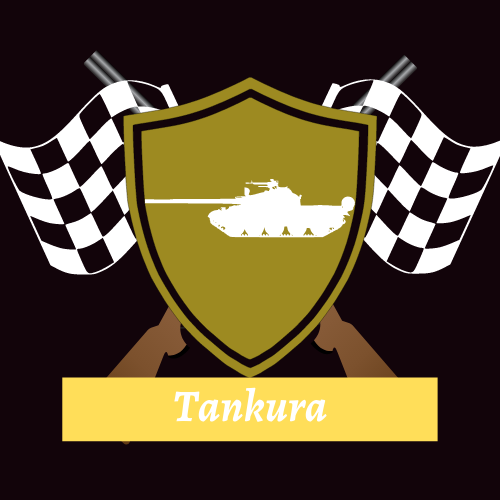
Tankura X World Championship
The ITC also sponsors a separate non combat championship called the Tankura X World Championship a racing competition for tank crews mostly drivers. its like an F1 style racing but with tank treads co-govern with FIA. Its a little something that they can do when their not on the field first started in 1965 having seen the popularity of Formula 1 they started their own racing championship with the support of FIA. Originally using older era tanks now using specially designed carbon fiber and steel chassis powered by five separate power units Ferrari, Mercedes, Renault, Nissan, and Ford. Using FIA style rules and scoring even so that some of F1 teams sponsor this event including {Mercedes, Ferrari, Red Bull, McLaren, Alpine formerly Renault, and Aston Martin} there are usually a total of 23 races a year in different countries the tracks are a mixture of on road and off-road in the courses all tracks are regulated by the FIA to match their grade 1 certification. Races are held every weekend split into three segments practice on friday, qualifying on saturday, main race on sunday. All machines use specially designed treads which provide high speed and grip but are prone to warn out so requires change there are five treads types soft, balance, tough, intermediate, and wets. Besides treads some machines are half tracks where they have both wheels and treads the tires have the same variants as the treads. Points are scored using the FIA's system for both constructors and drivers championships
1st: 25, 2nd: 18, 3rd: 15, 4th:12 5th: 10, 6th: 8, 7th: 6, 8th: 4, 9th: 2 10th: 1
To join drivers must have in possession of a FIA grade B or A competitor license and go some driving test and theories first. Teams include some large automobile manufacturers along with smaller teams
{Team entrants in the current season}
Mercedes Petronas Racing Team
McLaren Tankura Team
Red Bull Racing
Aston Martin Cognizant Team
Scuderia Ferrari Mission Winnows Racing
Alpine Renault FT Racing
Panthera KIA Military Motors Corp
Bremerton Bentley Motors
Calima Evo Defense Motors
Hp Chevrolet General Dynamics Land Systems
Zhejiang Geely Lotus Am General
Now with all the different chassis designs Tankura as all teams use their production models but attempts are being made to introduce a standardization of chassis design for all teams for mandatory usage. Current world champion is Lucas Hamilton 22 years old from Stevenage, Hertfordshire, England entered tankery at age 14 and has a history in racing having competed in open wheeled racing and as he joined in UK's tankery team he joined Tankura in its 2016 season with Lotus after two years he has been dominating the Tankura racing championship winning 7 World Titles to his name alongside Mercedes having being their golden boy for years.
Tankura has four other racing series HT Calvary Racing Series a sister series where the vehicles are all pick up trucks along side Tankura W acting as the junior series before Tankura X. A snow mobile championship called MotorStorm and with an alliance with Formula E and Extreme E they introduced the latest series in 2014 BR-E Championship a Electrical track vehicle series.
Prohibited Actions:
Using parts or equipment not sanctioned by the League
Voluntarily leaving the competition area
Firing directly on humans except for small arms
Firing whilst within a ceasefire-zone
Attacking a vehicle that has been declared "inoperable"
Actions that are judged to be "throwing the match"
Some of the Teams:
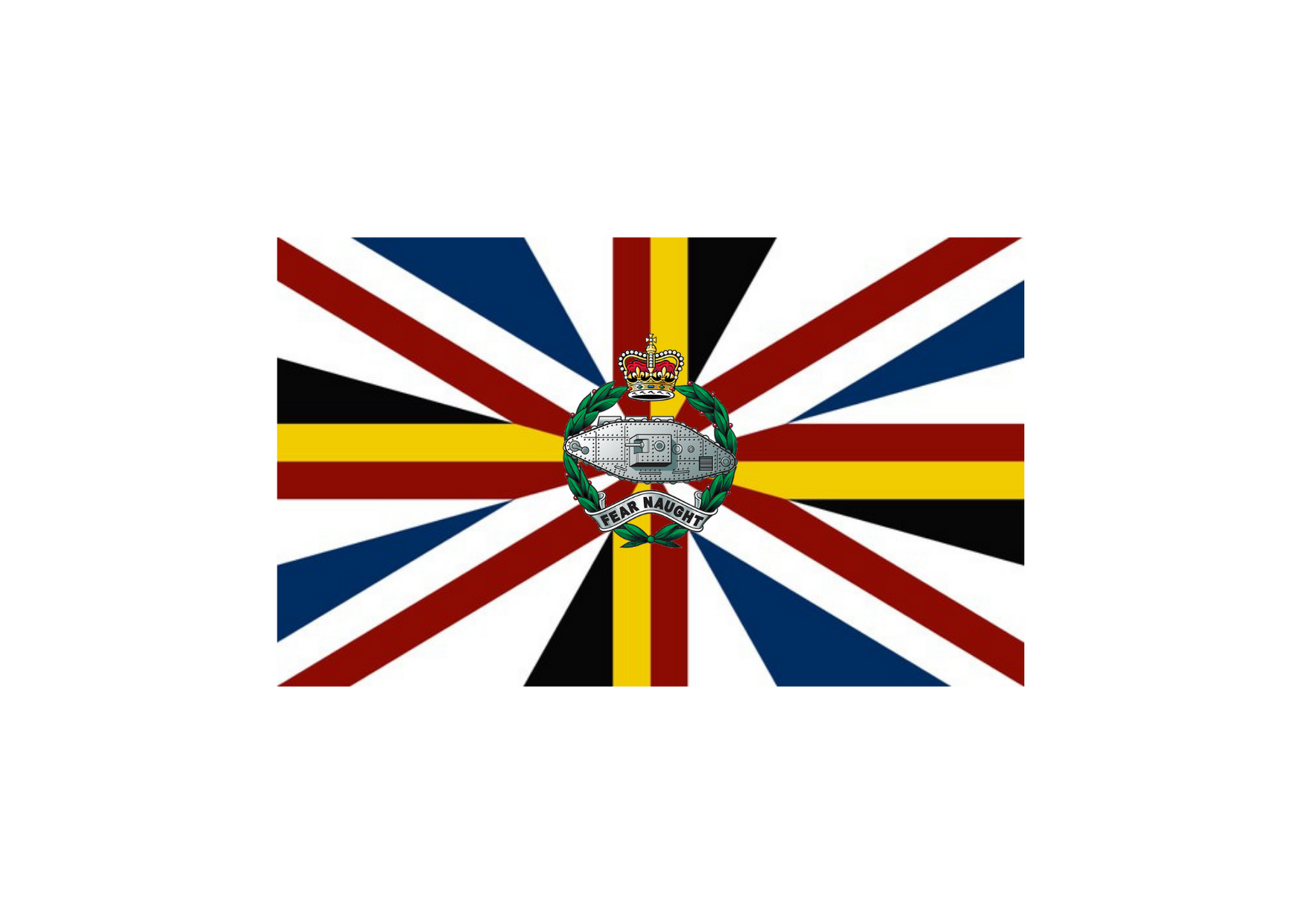
United Britain's Royal Dragoon Guards Tankery Division
Motto: No Sacrifice No Victory!
March Song: Rule Britannia
Garrison Location: Aliwal Barracks, Wiltshire County, England , UK
Vehicles: Challenger 1s, Challenger 2s, Chieftains, Centurion Mk6s, FV433 Abbots,FV107 Scimitar, FV101 Scorpions, FV 510 Warriors
Emblem:
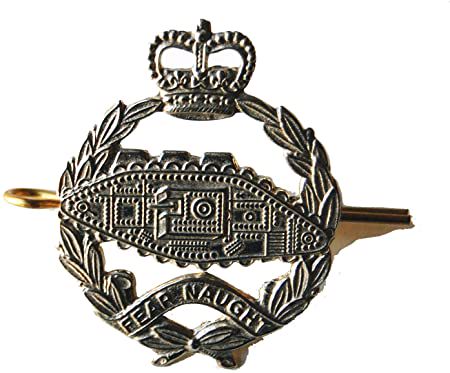
Her/His Majesties Calvary and armored warriors of the future they pried themselves over their history of the tank and among the best Tankery teams out there focusing on strict discipline during training. Their flag represents the unity of the UK they all are very professional at their work performing small time tasks with the British army. All members are true gentlemen and women except for the Irish and Scots they are the wild men but all of them have good manners and when not in practice they all wear fabulous clothing when off duty and treat their opponents with respect...sometimes...they always practice their marksmanship everyday at their shooting ranges. The members from England have the thing of cleaning their tank to the minor detail. The Division is split into different brigades working with one another based on the states where they come from each having their motto and style of warfare. The Welsh members love being outdoors and horses , English members some come from the high class live a more chivalrous life and way of warfare. Scottish and Irish have a bit of a drinking habit and love the mountains same with knowing their way around alcohol, sheep, and farming.
Uniforms: Their normal dress consists of a 1800s style uniform with red, blue, and green coats along with a golfer hat. Combat outfits consists of the No.8: Combat Dress colored in black with a black beret in combat they wear Osprey body armor and with or without a Mk7 Helmet. Every member has the teams flag on their right sleeve alongside a custom flag that reparents which part of the Kingdom they come from on their left sleeve. The Scots wear quilted jackets, tartan waist coat, capes, and kilts but due to the many winds which results in kilts flying and the fact that they don't wear underwear underneath them they resort to wearing Kilt styled pants or Trews.
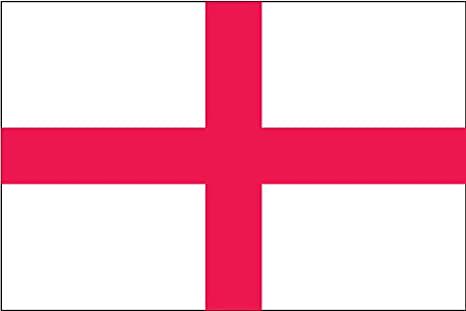
England
Motto: Her/His Majesty's steeds
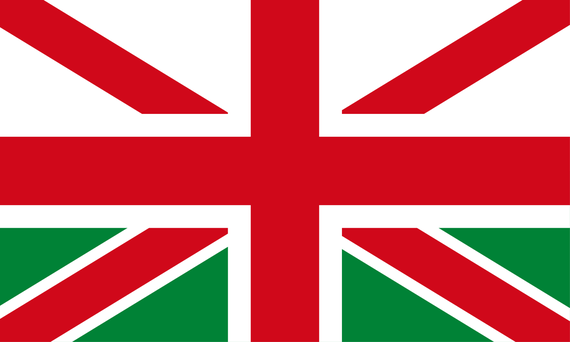
Wales
Motto: Cryfder o Undod "Strength from Unity"
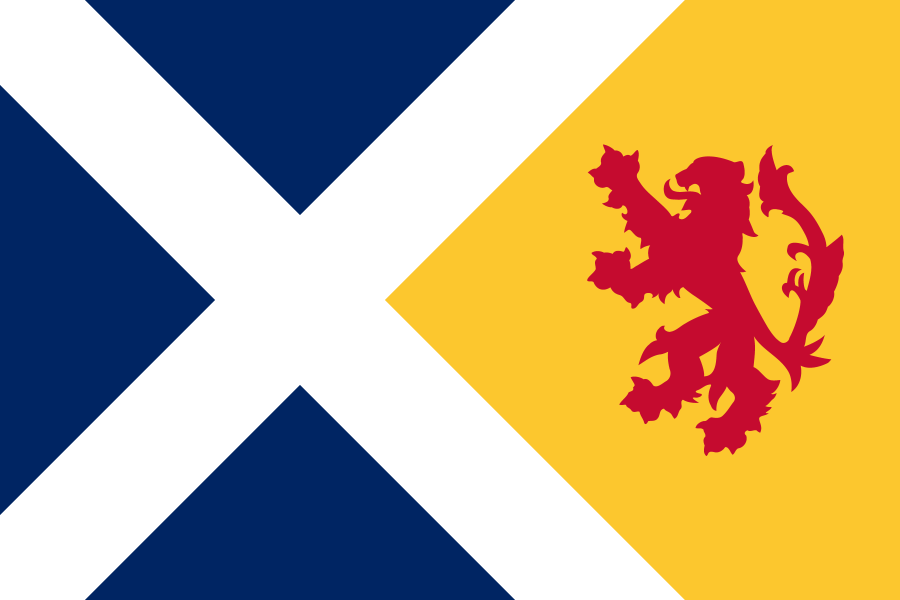
Scotland
Motto: Thoir air adhart e! "Bring it on!"
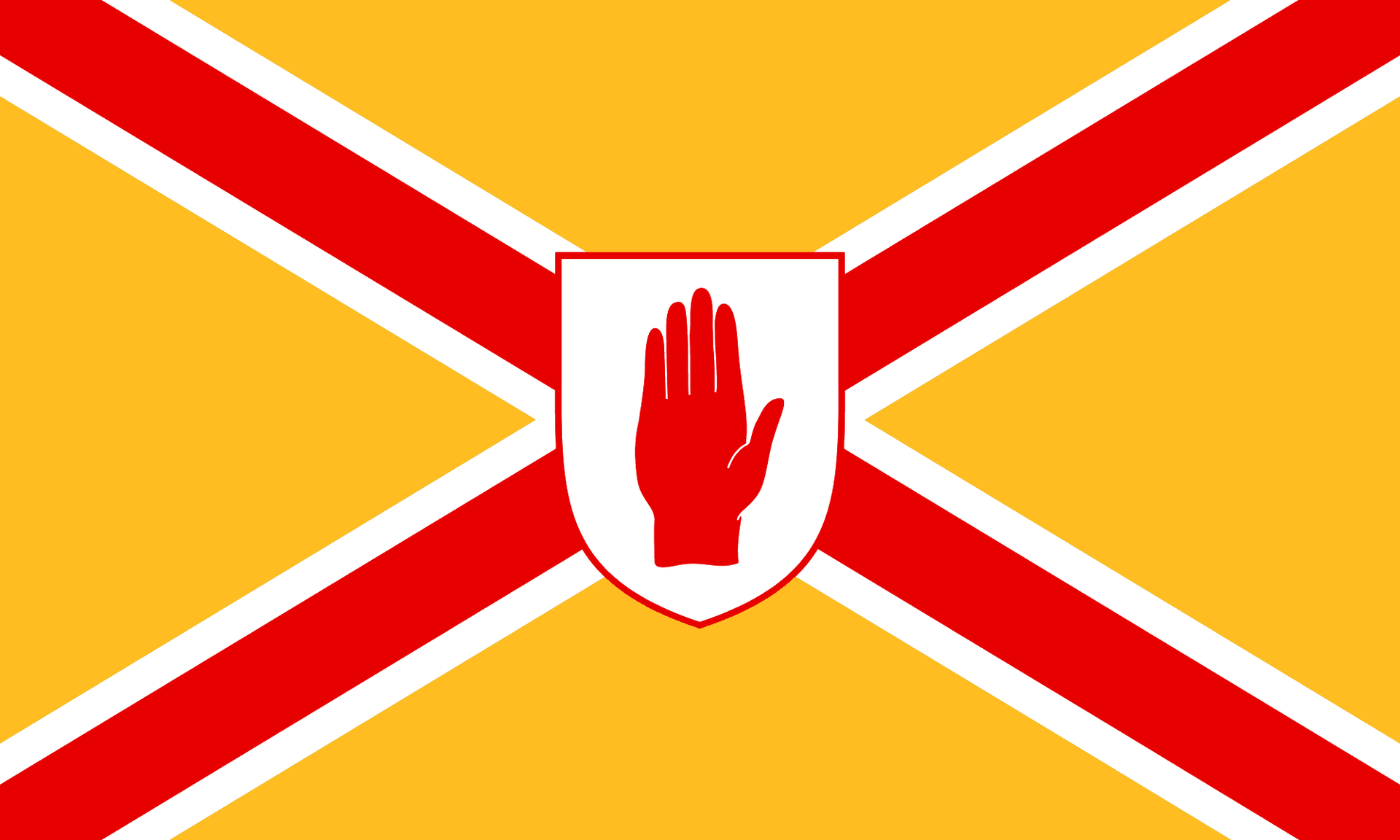
Northern Ireland
Motto: For God and Ulster
Tactics: The British prosper in use mass volleys of tank fire for support as the other charge in having superior armor protect they like to get closer for a better shot but for everything else they share tactics with their US partners.
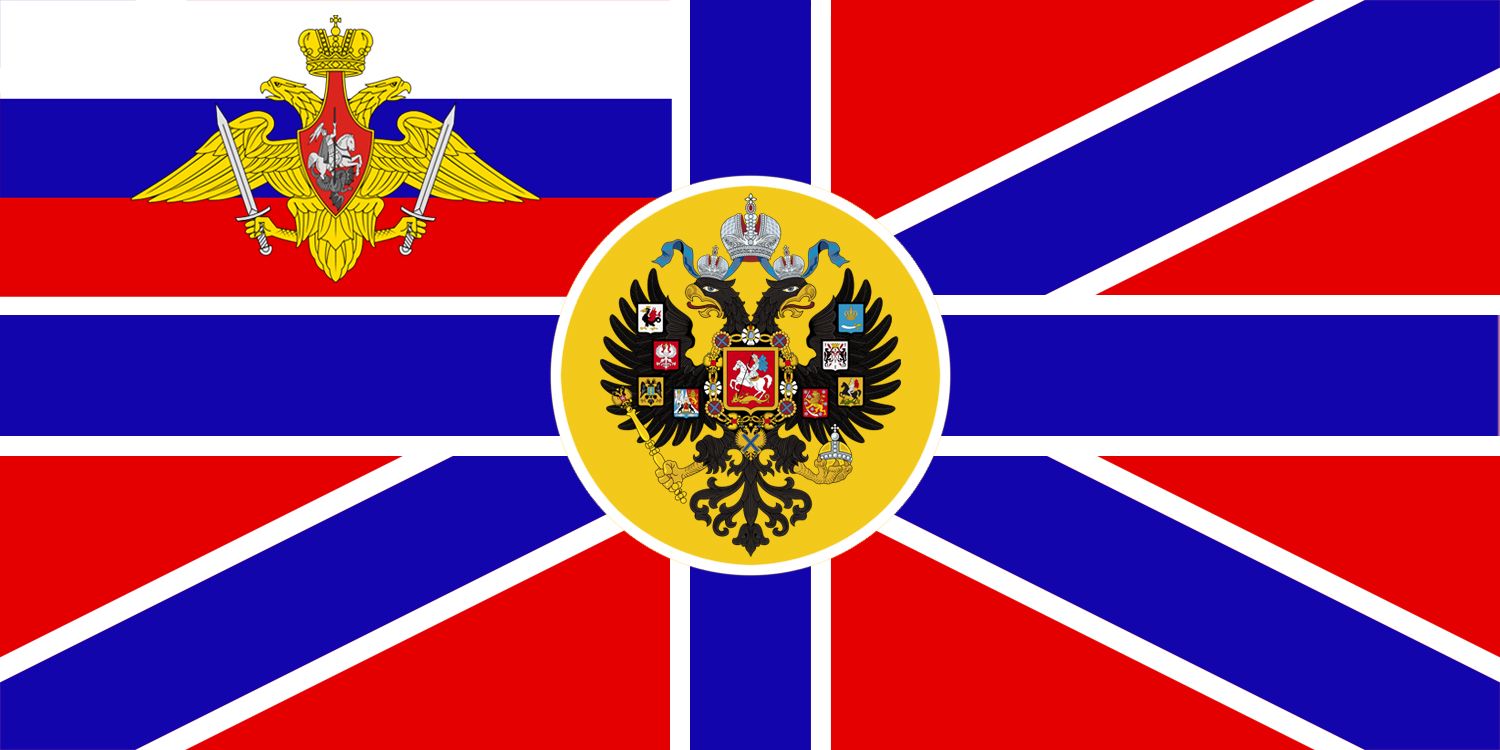
Lavrinenko 3rd Guards Tank Army
Motto: Ни шагу назад "Not one step backwards"
March Song: The Russian Army is the strongest
Garrison Location: Naro-Fominsk, Moscow Oblast, Russia
Vehicles: T-90, T-80s, T-72s, T-64s, PT-76, T-55, T-62, BMP-1-2-and 3s, 2S19 Msta, 2S1 Gvozdika, 2S3 Akatsiya, 2S9 NONA
Emblem:
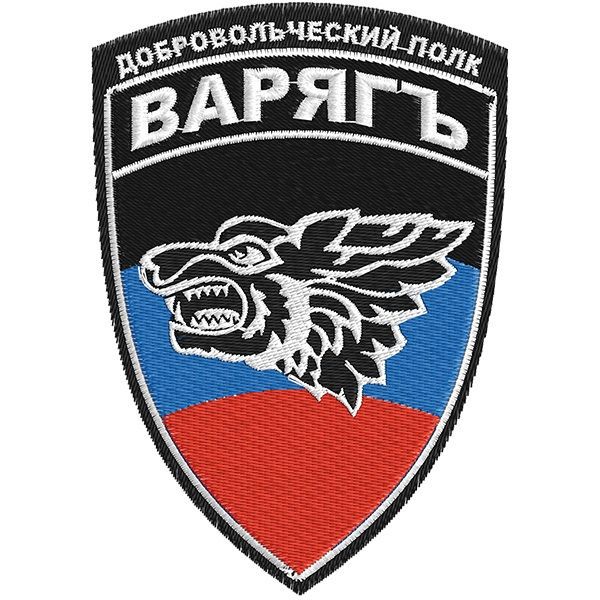
Named after Soviet tank ace Dmitry Fyodorovich Lavrinenko this tankery army is one of the most experience tankery team with a 12 time winning streak along with their commander Slava Nagant Kuznetsov and sub-commander Malka Sevtols Magonrov having served during the second to last year of Second Chechen war when they were still in training with Malka being awarded the Order of Zhukov and the Order of Saint George 2nd Class and Slava awarded the Order of Saint George 1st Class and Hero of the Russian Federation giving them a cutting edge in strategy. the regiment acts also as a reserve force in the 1st Guards Tank Army. The regiment was found alongside Tankery itself in the USSR once the USSR collapse they try to distance themselves from the Soviet ideology some of their retired members also work as instructors in Chinese and Indian tankery academies. While Pravda represents the Soviet Union they represent the Russian Federation their team members are quiet friendly and welcoming mostly spending their free doing natural activities and listening to hardbass along with being icemen and women cause they can take the cold in their underwear and spend time snowboarding and skiing along with just spending time in the lovely snow. but if you piss them off you might wanna hide cause they are absolute monsters on the battlefield.
Uniforms:
Their normal dress uniforms consists of olive-coloured dress uniform basically like this....

For combat they wear an olive green, black ,or grey uniforms for headwear it's either a 6B47 military helmet or a military beret along with 6B48 Ratnik-ZK body armor and GSSh-01-01 Active hearing protection with radio cable.
Tactics:
They use a Soviet model tactic of two tank forces, with one being the manoeuvre force composed of tank armies with high concentration of tanks, and the second is a shock force. The shock force consists of heavier tanks with the support of SPAs who's job is to breakthrough the enemy lines and create a bridgehead then the manoeuvre made up of the lighter vehicles would move through that bridgehead and surround and destroy enemy forces.
In winter combat where they excel where they will use the snow to their advantage focusing on out maneuvering the enemy with perfect timing and execution.
Their defense strategy is usually having a wide and concentrated number of AFV's to pin the enemy down and artillery "If available" job is to lower the enemies numbers if not the goal is the same once the enemies numbers are lowered they will charge in "Russian's are known for having an edge in counter offensives"
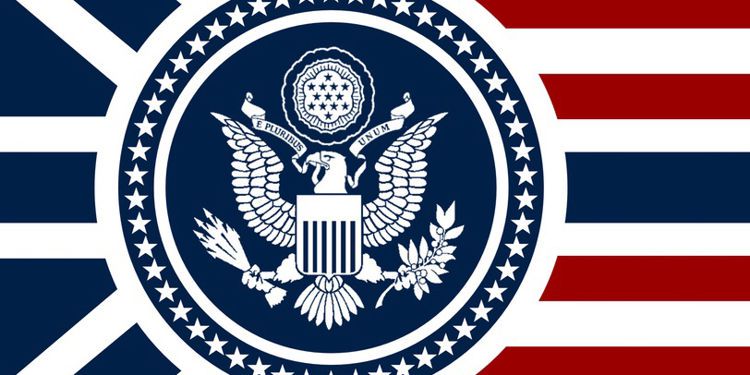
United States National Tankery Marine Division
Motto: Steads of War
March Song: Iron Soldiers March
Base Location: Near Fort Bliss, Texas
Vehicles: M1A1 Abrams, M60 MBTs both A2 and A3 variants, M551 "Sheridan" AR/AAV, M48A5 Patton MBTs, Bradley IFVs, and M109A1 SPAs
Emblem:

The USNTTD nickname War Daddy's are America's national tankery team based in near Fort Hood Texas they are trained by crews from the 2nd Brigade Combat Team, 1st Armored Division. They were founded on 17 October 1962 during the Cuban Missile Crisis and thru out the cold war most of it's members when not in tournaments they served in battlefields such as Vietnam war, and other conflicts. Their crew members act more relaxed compare to other nations but on the battlefield they act more professional many have the habit of racing their tanks around the base or on local tracks where ever they went and some mainly members from the south have staples near their barracks and love taking care of their horses those from the east and west act like usual modern kids.
Uniforms:
When not in combat they wear old era "pinks and greens" uniform which were introduced in the 1920s and consisted of a brownish green blouse with lighter colored trousers of a slight pinkish hue. Accessories – which, until 1942, included a Sam Browne belt – were patterned in brown leather, a garrison cap or peaked service cap, and an optional field jacket, sometimes called the Ike jacket.
When in combat they were Battle Dress Uniforms (BDU) in camouflaged colors "Depending on the environment" with light brown pants, gloves, googols, and a Personnel Armor System for Ground Troops (PASGT) which consist of a helmet and bullet prove vets. When in winter environments winter camo and large fur coats will be issued.
Tactics:
When fighting in urban areas is centered around prepared positions in houses and buildings. Such positions cover street approaches and are protected by mines, obstacles, and booby traps. Therefore, bridges, overpasses, and buildings must be inspected and cleared of mines before they are used. If fields of fire are restricted to streets, hull-down positions should be used to gain cover and fire directly down streets. From those positions, tanks are protected and can move to alternate positions rapidly. Buildings collapsing from enemy fires are a minimal hazard to the armored vehicle and crew.
In jungle environments densely forested areas, where tree trunks are close and heavy above-ground root systems exist, may make movement difficult. Thick stands of bamboo may slow or even stop tanks.
Many jungles exist in rugged mountainous areas which will impede tanks. Swamps, coastal river basins, and other areas intersected by waterways pose obstacles to tanks because of their soft soil and frequent deep channels.
Rainy seasons (monsoons) cause rivers and streams to rise and become unfordable. Heavy rains may also cause damage to roads. Because the tank's mobility is greatly restricted on jungle terrain, its role is different in the jungle than that on more open terrain. So it's the job of lighter and smaller AFVs to do the close in fighting while the much larger and heavier heavy tanks and main battle tanks to provide cover for the light AFVs, heavy fire support in the defense and conduct counterattacks, Secure convoys and protect lines of communications and key facilities, Attack or defend against enemy armor.
In desert conditions while tracked vehicles are well suited for desert operations, track components require special care in the desert. Grit, heat, and bad track tension accelerate track failure. Sprockets wear out quickly in sandy conditions. Track pins break more easily in high temperatures and high temperatures also increase rubber/metal separation on road wheels. Proper track tension is critical, as loose track is easily thrown and excessive tension causes undue stress on track components.
The tank cannon is affected in several ways by the desert. One is thermal bending, which is the uneven heating and cooling of a gun tube due to ambient temperature changes. Modern tanks, like the Ml, have been designed to compensate for these factors. The muzzle reference system (MRS) allows the crew to monitor any loss of gun sight relationship and to comet for any error using the MRS update at regular intervals. Ml-series tanks are equipped with a thermal shroud, allowing for more even heating and cooling of the gun tube. Both factors can greatly reduce the accuracy of a tank weapon system. By bore sighting at regular intervals and constant monitoring of the fire control system, the tank crew can maximize its readiness.
The desert offers excellent fields of fire. Tanks should be sited to take advantage of their long range and accuracy. Firing first and accurately are the most important considerations in desert operations.
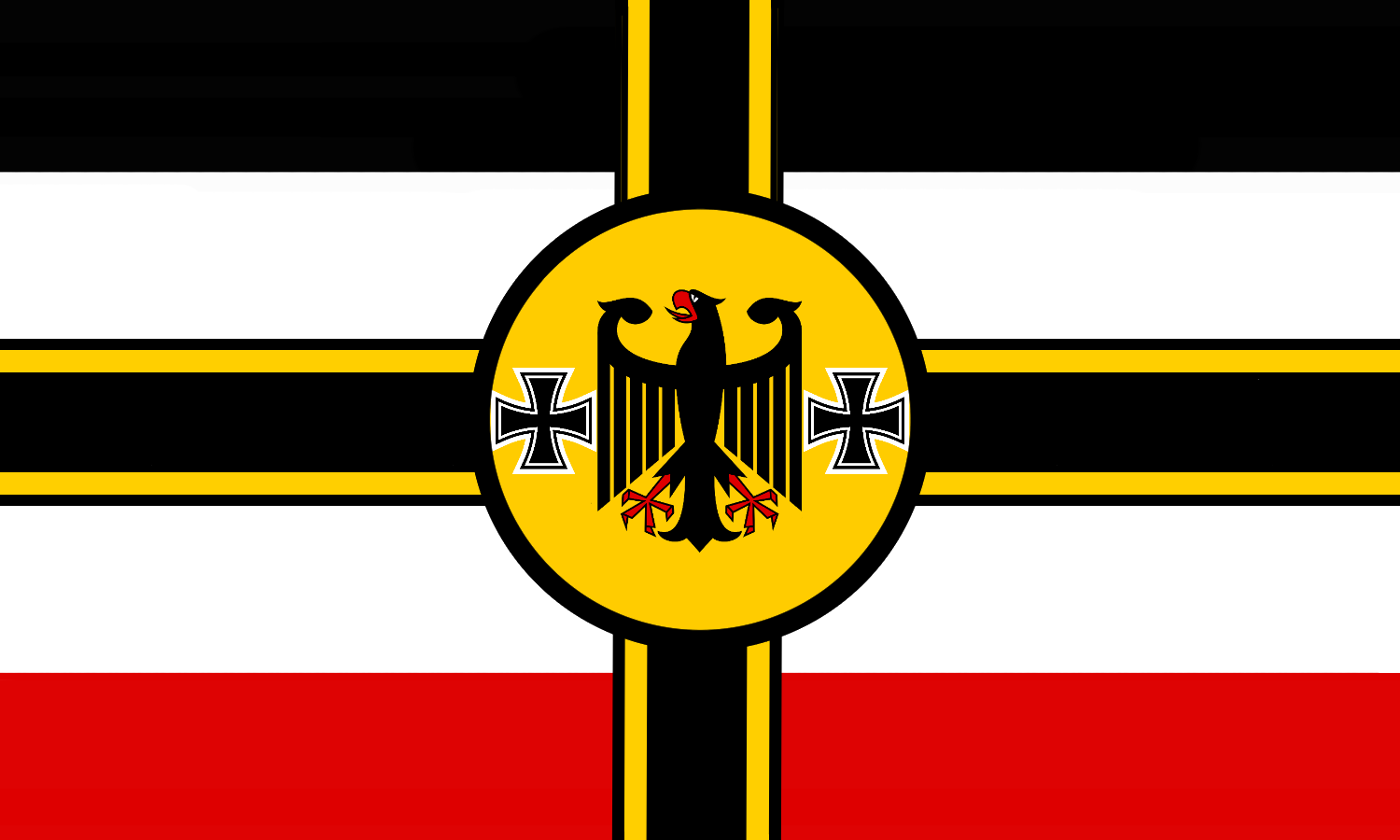
39th Blitzkrieg Panzerdivision Rommel
Motto: Als Deutschlands Beste werden wir es mit der Welt aufnehmen "As Germany's best, we will take on the world"
March Song: Westerwaldlied
Base Location: Oldenburg, Lower Saxony, Germany.
Vehicles: M48 A2C/A2GA2,Flugabwehrkanonenpanzer Gepard, Kanonenjagdpanzer, Panzerhaubitze 2000, Leopard 1A2/A3/A4, Leopard 2A4, Marder 1 A3
Emblem:
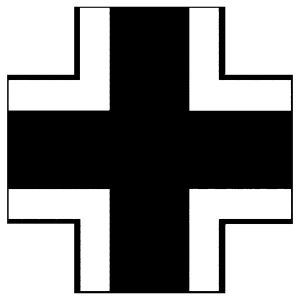
Some the finest tankery divisions out there and the most respected named after the desert fox himself. They are the pride of the Bundeswehr they serve with the 1st Panderdivision most of their former members are actual active or reserve troops in the Heer. Their members are known to be kind of cool hearted but are actually polite they have some strict rules on camp grounds and they take tankery seriously cause of their history with the tank when in their free time they spent their time doing all types of things normal soldiers would do in their free time though for truly free time they would usually hang out in the cities and some would hangout in the forrests. They have close relations with their other German neighbors Switzerland and Austria they spent lots of time training with their tankery teams Jäger Panzerdivision Metternich and Alpenländische Panzerdivision Henri Guisan.
They have learned about Kuromorimine Girls Academy seeing their N@zi style of tank warfare made hatred as they despise them calling them "A German Dark Horse" or " A Forrest Fire that We Must Extinguish" but they have a secret weapon on their side a new recruit from over seas studying in Germany.
Tactics:
Abandoning the tactics of superior fire power and heavy armor they now use a more modern tactic that emphasised speed over protection. Their main battle tanks armed with 120mm guns made taking out any enemy IFV an easy task with just a few good placed shots and composite armour made up for less armor thickness. No tank works alone every match pares two or three tanks together in a platoon. The tanks of the platoon work together providing mutual support: two might advance while covered by the others then stop and provide cover for the remainder to move ahead. When on the defensive, they wait in prepared positions or use any natural terrain elements (such as small hills) for cover. A tank sitting just behind a hill crest ("hull-down") exposes only the top of its turret, with the gun and sensors, to the enemy, leaving the smallest possible target while allowing it to engage the enemy on the other side of the hill. Tanks are usually able to depress the main gun below the horizontal since modern kinetic energy (KE) rounds have nearly flat trajectories. Without this they would be unable to exploit such positions. However, upon cresting a hill, the tank may expose its thinly armoured underside to enemy weapons.
The deposition of armour around a tank is not uniform; the front is typically better armored than the sides or rear. Accordingly, normal practice is to keep the front towards the enemy at all times; the tank retreats by reversing instead of turning around. Driving backwards away from an enemy is even safer than driving forwards towards them since driving forwards over a bump can throw the front of the tank up in the air, exposing the thin armour of the underside and taking the gun off the target due to its limited angle of depression.
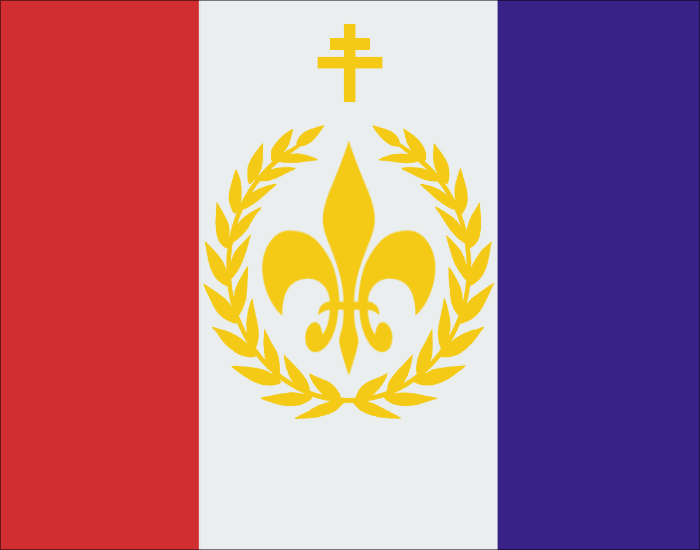
4e Brigade Blindée Cuirassier (4th Cuirassier Armored Brigade)
Motto: Vive la France !
March Song: Marche Lorreine
Base Location: Near Paris
Vehicles: Leclerc,AMX-40, AMX-30, AMX-30 AuF1, AMX-13
Emblem:
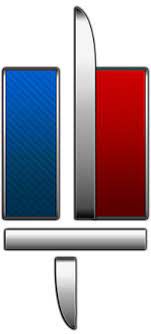
Among the first teams formed these French men and women have more experienced they come from both the mainland and the former French colonies and even some members come from Monaco. Their known for their elegant and fancy nature their base is filled to the brim with fancy architecture but very welcoming and warming to others and with each other before there were clashes between the many ethnic groups until coming to terms under the new command of Commander Napoleon. Many members also have various different habits including being wine connoisseur, wine producers, bartenders, diplomats, and poker dealers the latter common with the Monégasques as they come from very rich families they have a little bit of a gamboling habit. They also have a bar and a private casino in their base called the Voe where they all gather after hours.
Uniform:
a light beige dress uniform which is worn with coloured kepis, sashes, fringed epaulettes, fourragères and other traditional items on appropriate occasions. The most commonly worn parade dress, however, consists of camouflage uniforms worn with the dress items noted above. The camouflage pattern, officially called Centre Europe (CE), draws heavily on the coloration incorporated into the US M81 woodland design, but with a thicker and heavier striping.
Tactics:
While being similar to their US counterparts they use more mobile tactics in the formation of armored Calvary having some elements of alpine warfare. They also use a defensive offensive tactic using their MBTs(AMX-30s) as the main attack force with their light tanks placed in the center to support where their needed and Leclerc tanks are to be placed in reserve readying for any counter attacks.
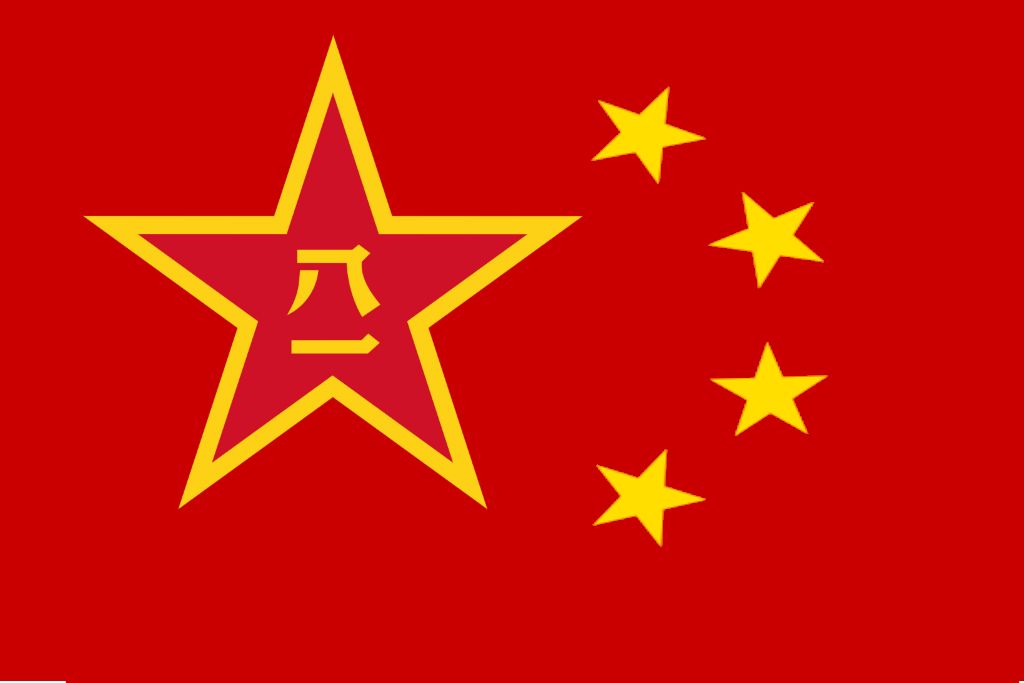
第40装甲华夏坦克师 "40th Armored Hwacha Tank Division"
Motto: 我们是人民的卫士。用胜利书写新的荣光 我们为革命服务 "We are the people's guardians. Write new glory with victory for the revolution we service"
March song: 钢铁洪流进行曲/March Of Steel Torrent
Base location: Xuzhou, Jiangsu
Vehicles: Type YW323 SPA, PLZ-45, BMD-3, Type 80 SPAAG, PTZ-89 tank destroyer, Type 62 Light Tank, Type 63 Amphibious light tank, Type 69/79 MBTs, Type 80/85/88 MBTs, Type 96 MBT
Emblem:
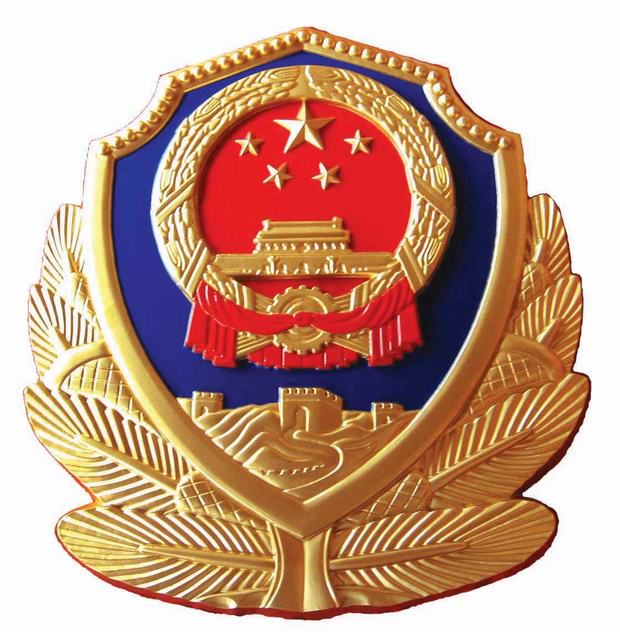
China's revolutionary's the members they value the ideology of the Communist party are and all enter early conscription when signing up their base is both modern and rural with some members coming from rural areas of china so to coup with their ways of life some of the Divisions crews living in bamboo huts when not training or learning they perform agriculture such as farming and also helping produce more PLA AFVs while the more civilized kids stay in more fancy houses and take extra classes. All duties included regular house life like cleaning, maintenance, cooking, etc all were done by the crews this in theory this would also prepare the kids for adulthood. Some members are calm and reserved while others can be very out going to others that including their lovely hospitality throwing huge banquets every Sunday.
Uniform:
While wearing pine green Type 07 uniforms in the summer and an open-collar design in winter both with either a beret or a standard cap when on base when not on duty some wear peasant clothing. The combat dress summer uniform has a coat, with cuffed sleeves, a soft turndown collar, two breast pockets, two hip pockets, and an arm pocket on the left sleeve. Trousers have two hip pockets and two cargo pockets on legs. A pair of cloth rank insignia (light yellow on olive drab for army, light yellow on medium blue for air force, and light yellow on navy blue for navy) with velcro is worn on the collars. The service branch cloth badge (military commission headquarters, army, air force, navy and Second Artillery Corps) is worn above the right chest pocket. The unit shield badge (of which there are thirty-seven types) is carried on the right sleeve pocket. During a multi-national event, a cloth nametag with both simplified Chinese and English text is worn above the left chest pocket and the PRC flag color patch may be worn above the left sleeve pocket. However, the navy special operations unit wears the PLA naval ensign flag color patch on their combat uniform. Enlisted and junior commanding personnel also receive a set of wicking T-shirt (either in green or camouflage) and shorts for physical fitness training in summer.
The winter uniform (coat and trousers) is made of thicker heavy-weighted cotton material with front zipper flap. The outer jacket with a fur-collar has an inner lining of quilted polyester padding and a detachable hood for warmth. A fur cap with earflaps and gloves are also available for extreme cold operations.
Tactics:
Chinese tactics include the MBTs leading the main charge with the light tank scouting ahead with the task to scout and stall the enemy while tank destroyers perform ambushes and SPA provided long range support. But many crews were encourage to act as they wish but while working in formation at the same time in the words of "Walking on two legs" a weakness is that they can be easily picked off one by one such leading to some disasters over the many years.
Bạn đang đọc truyện trên: Truyen247.Pro